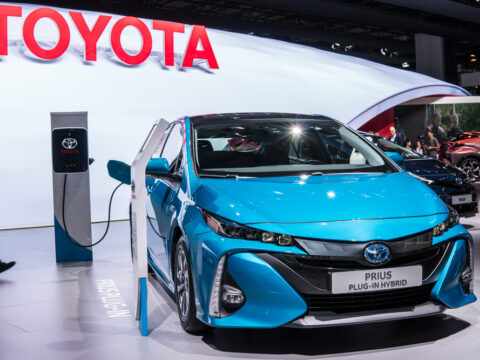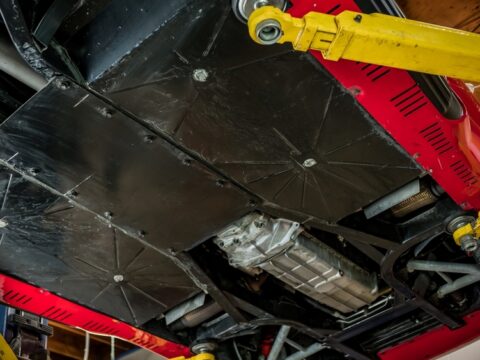Muscle cars represent power and excitement in the car world. They are known for their strong engines, bold designs, and fast speeds. Originating in the U.S., they were made for racing and reflect a culture that loves speed and strength, continuing to be a significant part of the car industry. Here are the top 22 muscle cars for speed enthusiasts.
Contents
2018 Dodge Challenger SRT Demon
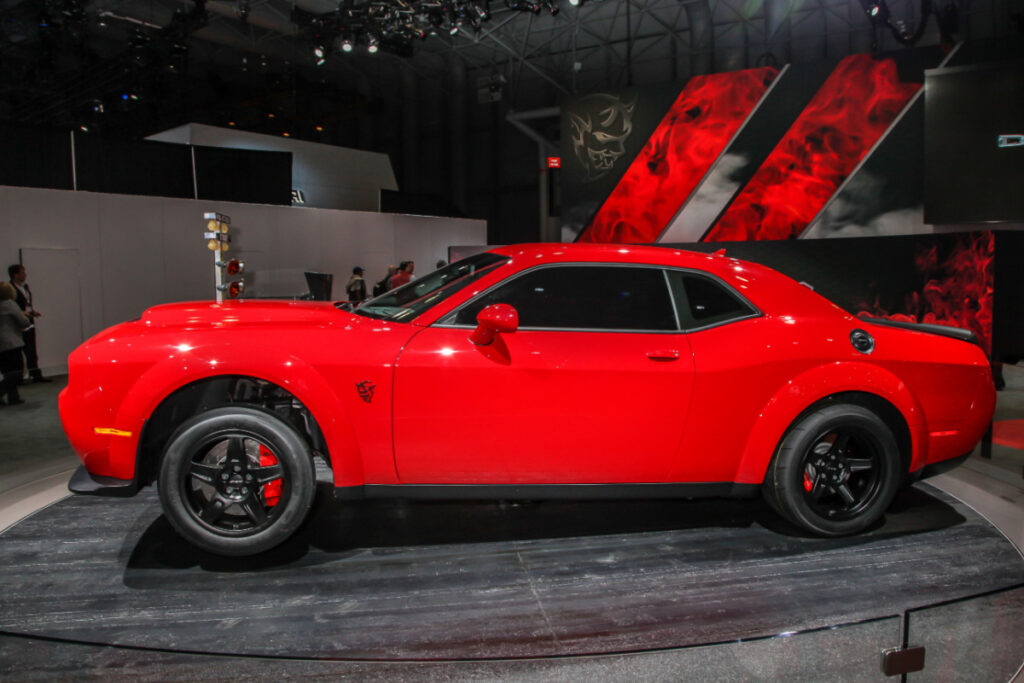
Powered by a supercharged 6.2-liter V8 engine that produces 840 horsepower and 770 lb-ft of torque, the SRT Demon is the most powerful muscle car ever made. It’s also the quickest, with a 0-60 mph time of just 2.3 seconds and a quarter-mile time of 9.65 seconds at 140 mph.
2020 Ford Mustang Shelby GT500
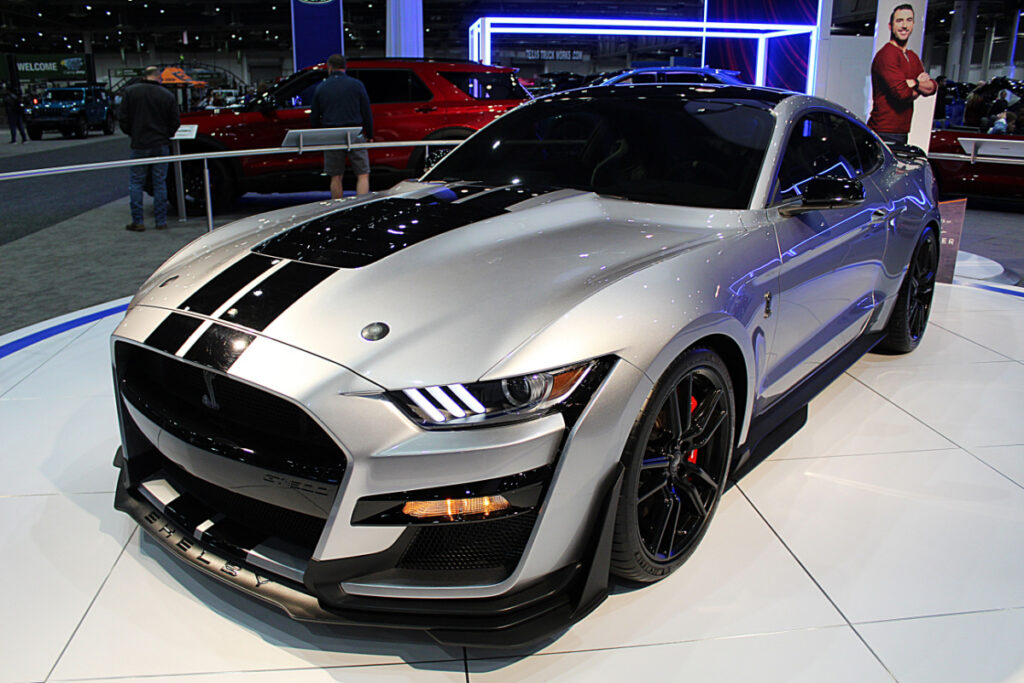
Ford’s most potent Mustang as of 2021, the GT500, is powered by a supercharged 5.2-liter V8 that cranks out 760 horsepower and 625 lb-ft of torque. This Shelby Mustang can sprint from 0-60 mph in 3.3 seconds and cover a quarter-mile in less than 11 seconds.
2018 Chevrolet Camaro ZL1 1LE
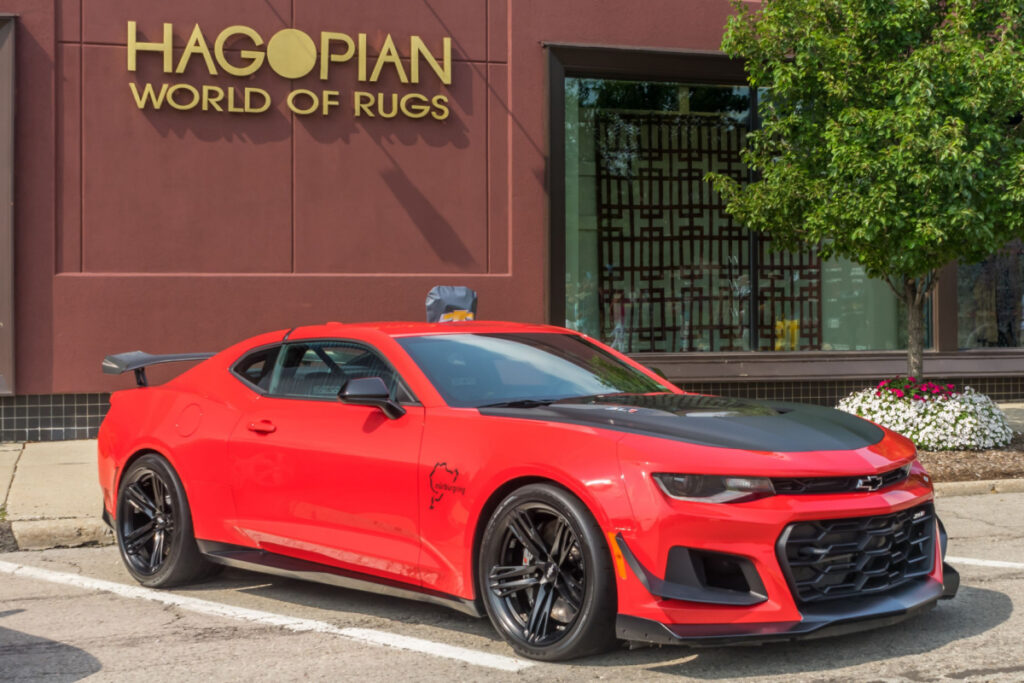
This top-tier Camaro has a supercharged 6.2-liter V8 engine delivering 650 horsepower and 650 lb-ft of torque. It boasts a 0-60 mph time of 3.5 seconds and can do a quarter-mile in 11.4 seconds.
2015 Dodge Challenger Hellcat

The Hellcat features a supercharged 6.2-liter V8 producing 707 horsepower and 650 lb-ft of torque. Its 0-60 mph time is 3.6 seconds, and it can complete a quarter-mile in 11.7 seconds.
2019 Chevrolet Corvette ZR1
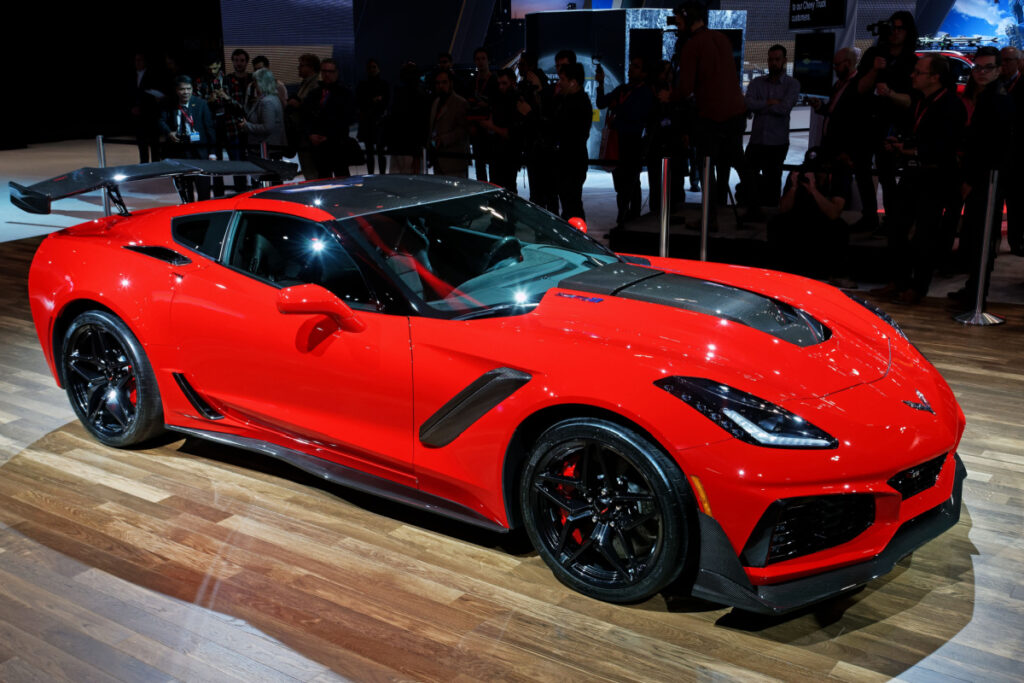
The ZR1, though more of a sports car than a muscle car, is often included due to its power and performance. It’s powered by a supercharged 6.2-liter V8 producing 755 horsepower and 715 lb-ft of torque. Its 0-60 mph time is 2.85 seconds.
2014 Ford Mustang Shelby GT500
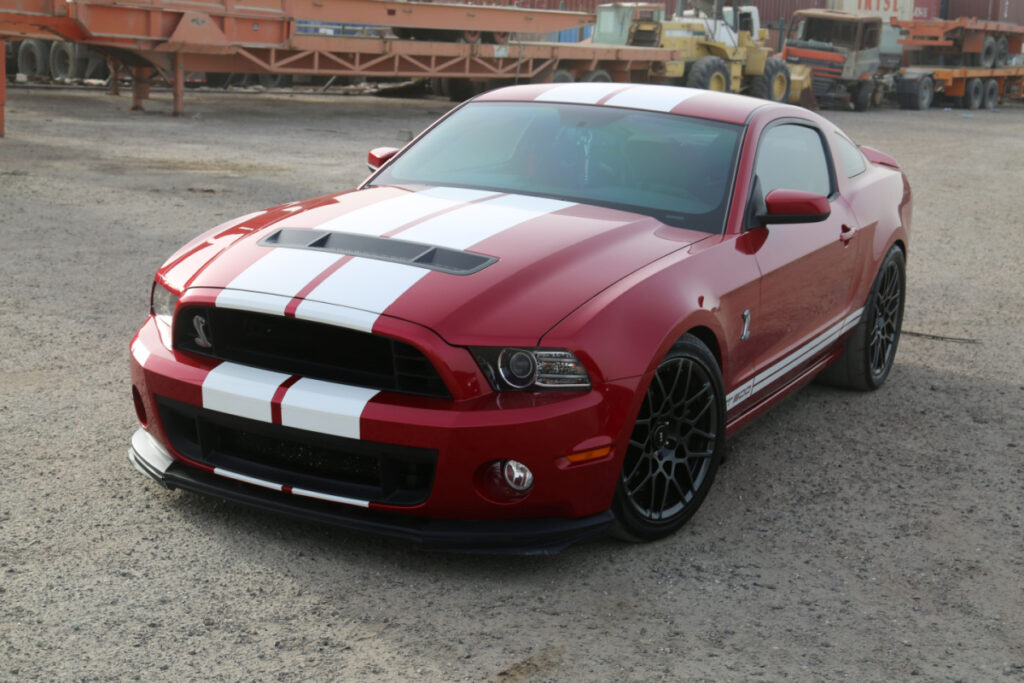
The 2014 Shelby GT500 features a supercharged 5.8-liter V8 that produces 662 horsepower and 631 lb-ft of torque. It has a 0-60 mph time of 3.5 seconds.
2020 Dodge Charger Hellcat Widebody
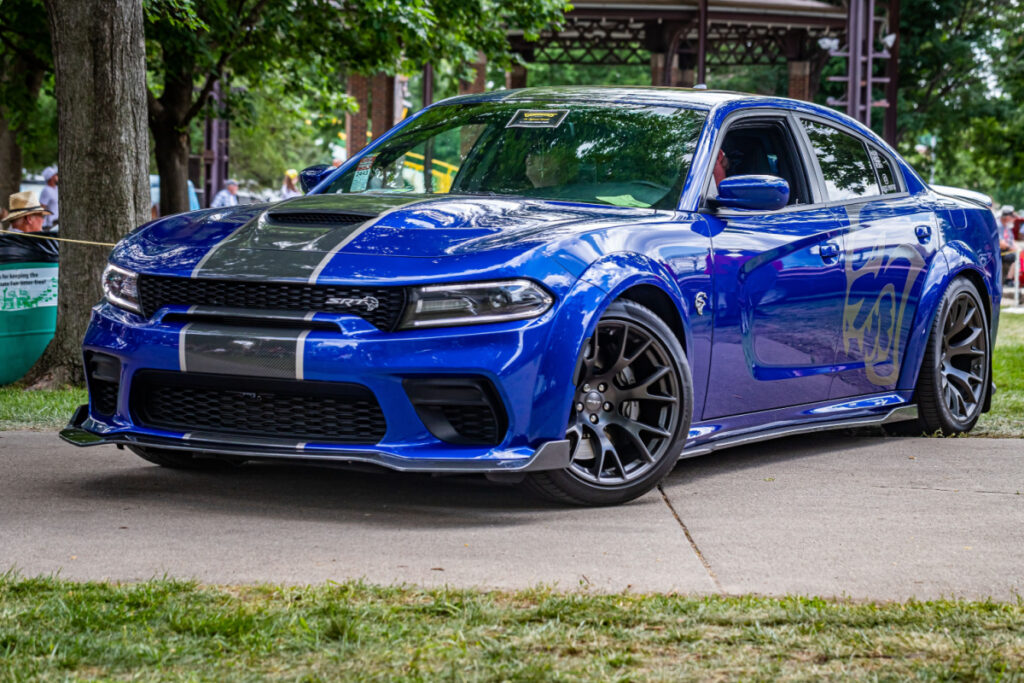
This four-door muscle car is equipped with a supercharged 6.2-liter V8 that churns out 707 horsepower and 650 lb-ft of torque. It has a 0-60 mph time of 3.6 seconds.
2019 Cadillac CTS-V
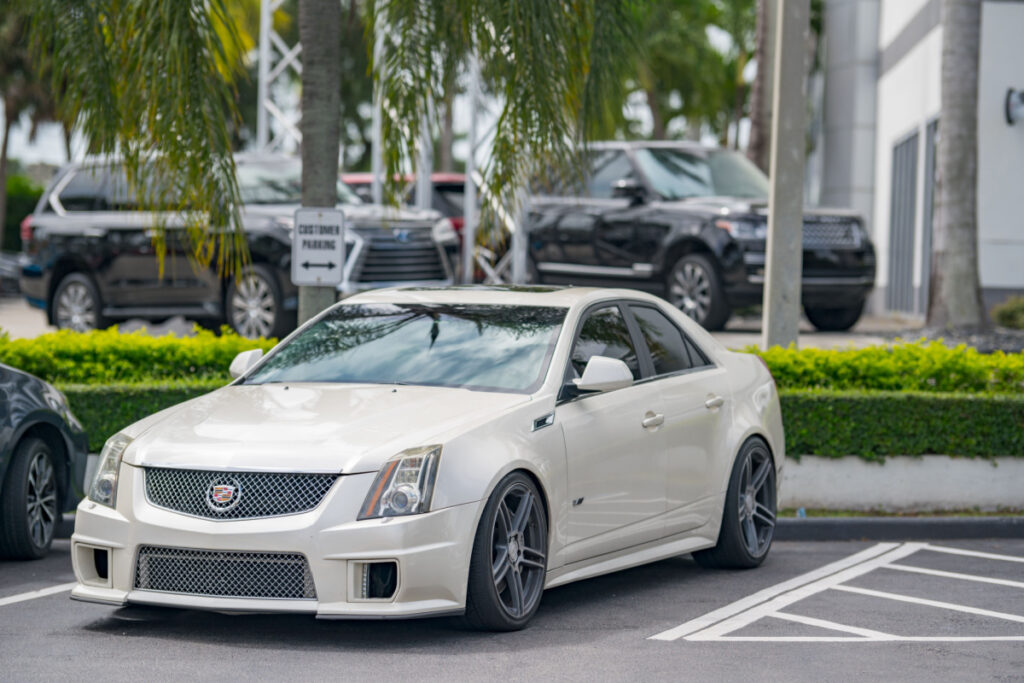
This luxury muscle car has a supercharged 6.2-liter V8 with 640 horsepower and 630 lb-ft of torque. It accelerates from 0-60 mph in 3.7 seconds.
2016 Chevrolet Camaro ZL1
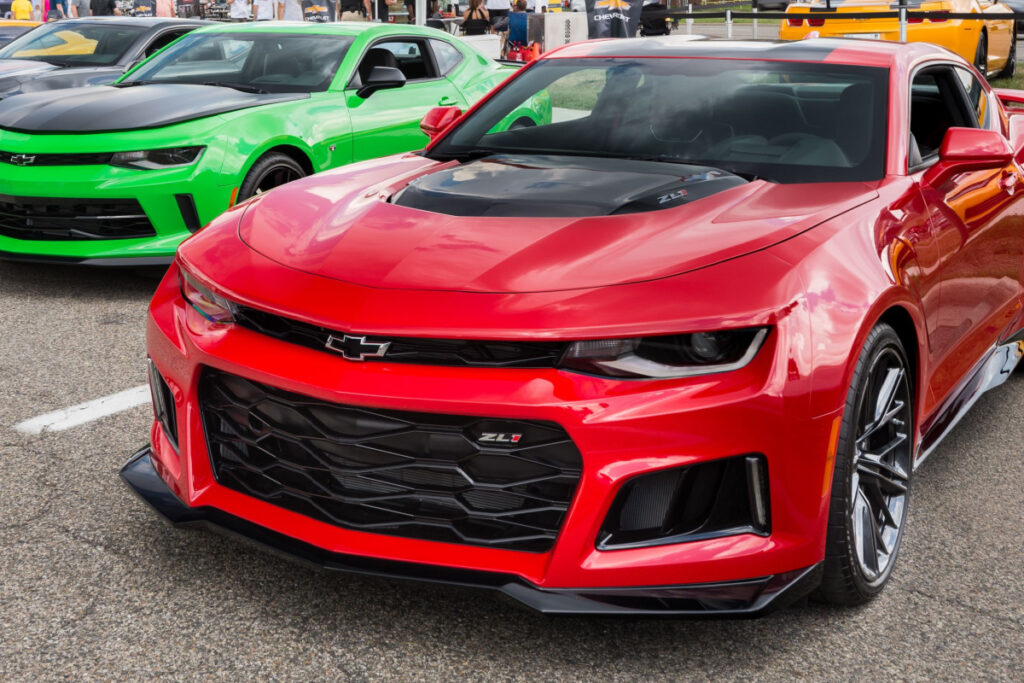
This model’s supercharged 6.2-liter V8 produces 580 horsepower and 556 lb-ft of torque. It has a 0-60 mph time of 3.9 seconds.
2018 Dodge Challenger R/T Scat Pack 1320
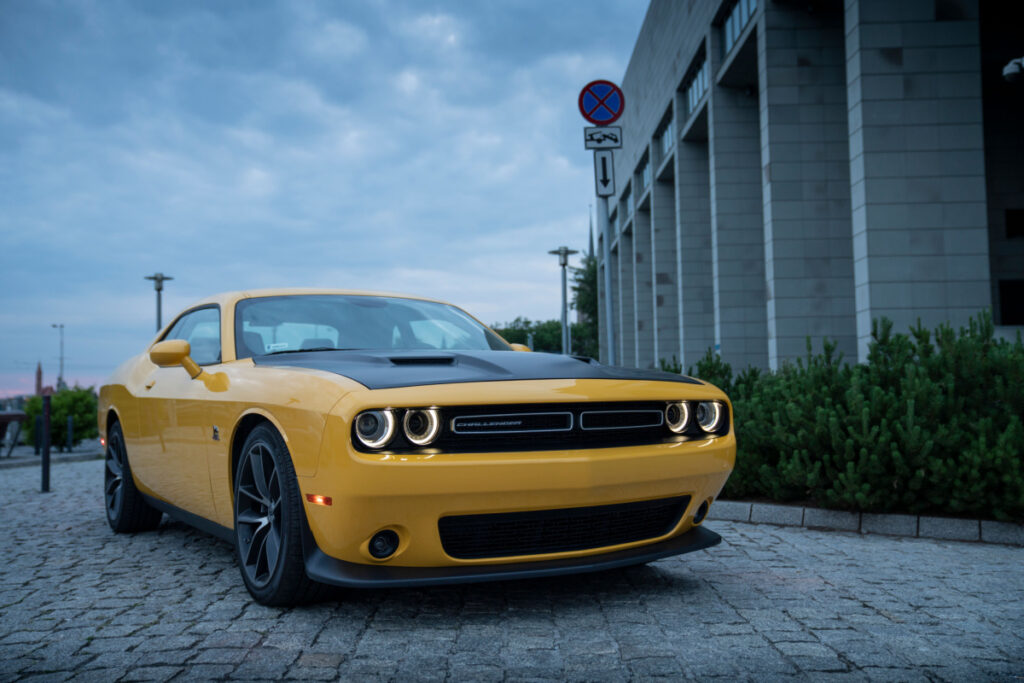
This model features a naturally aspirated 6.4-liter V8 producing 485 horsepower and 475 lb-ft of torque. It has a 0-60 mph time of 3.8 seconds.
2019 Ford Mustang Bullitt
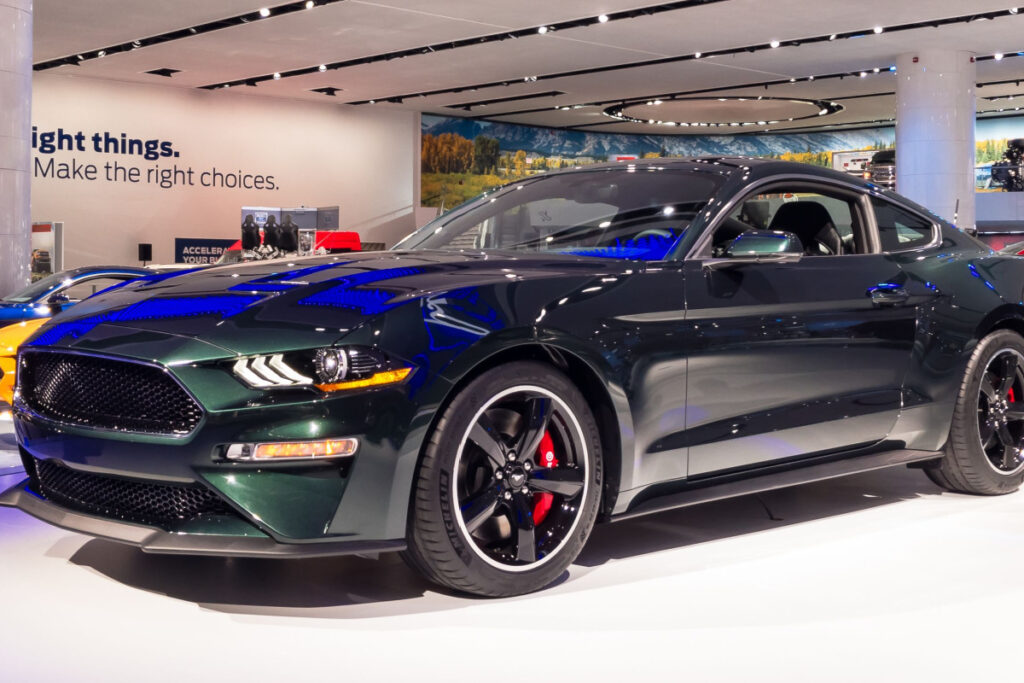
This special edition Mustang has a 5.0-liter V8 that produces 480 horsepower and 420 lb-ft of torque. It can reach 60 mph from a standstill in 4.6 seconds.
2017 Chevrolet Camaro SS
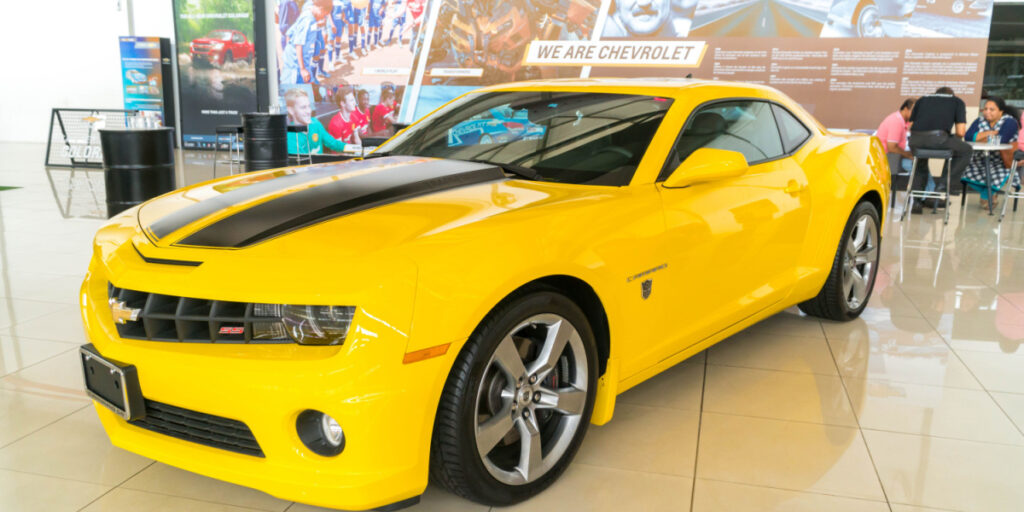
This Camaro variant features a 6.2-liter V8 that churns out 455 horsepower and 455 lb-ft of torque. It accelerates from 0-60 mph in 4.0 seconds.
2022 Ford Mustang Mach 1

The Mustang Mach 1 merges traditional muscle with modern performance, featuring a 5.0-liter V8 engine that produces 480 horsepower. It’s fast, with a 0-60 mph sprint in just 4.2 seconds, thanks to its high-revving engine and aerodynamic enhancements that reduce drag and increase downforce for better stability at high speeds.
2017 Dodge Viper ACR
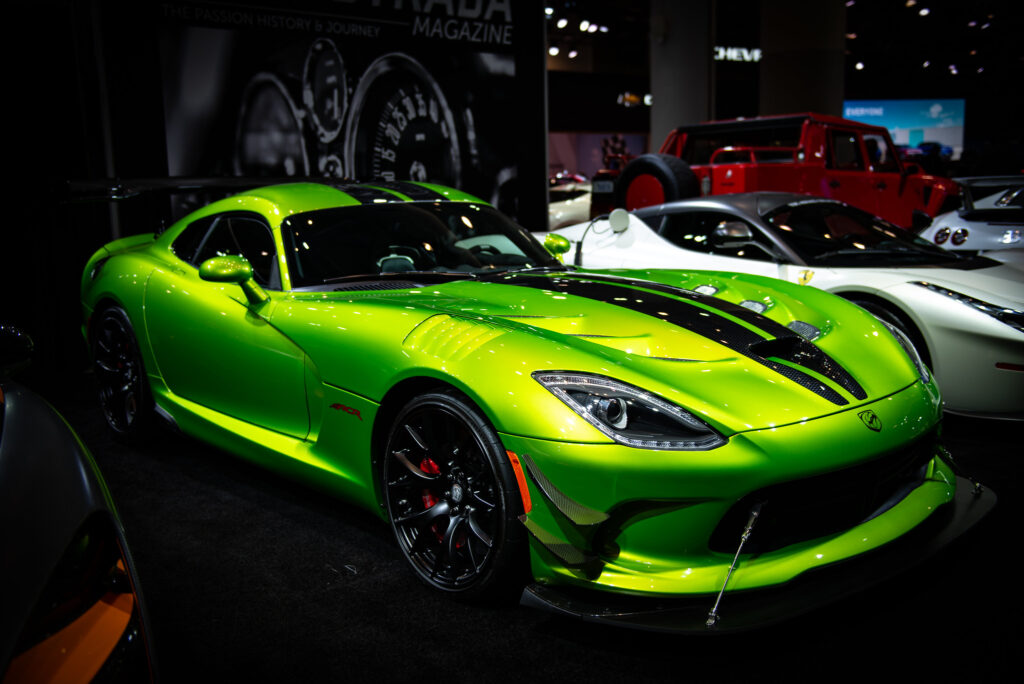
The Viper ACR is a track-focused beast with an 8.4-liter V10 engine producing 645 horsepower. It’s known for its raw power and aggressive aerodynamics, enabling a top speed of 177 mph and impressive handling on both road and track.
2020 Chevrolet Corvette Stingray C8
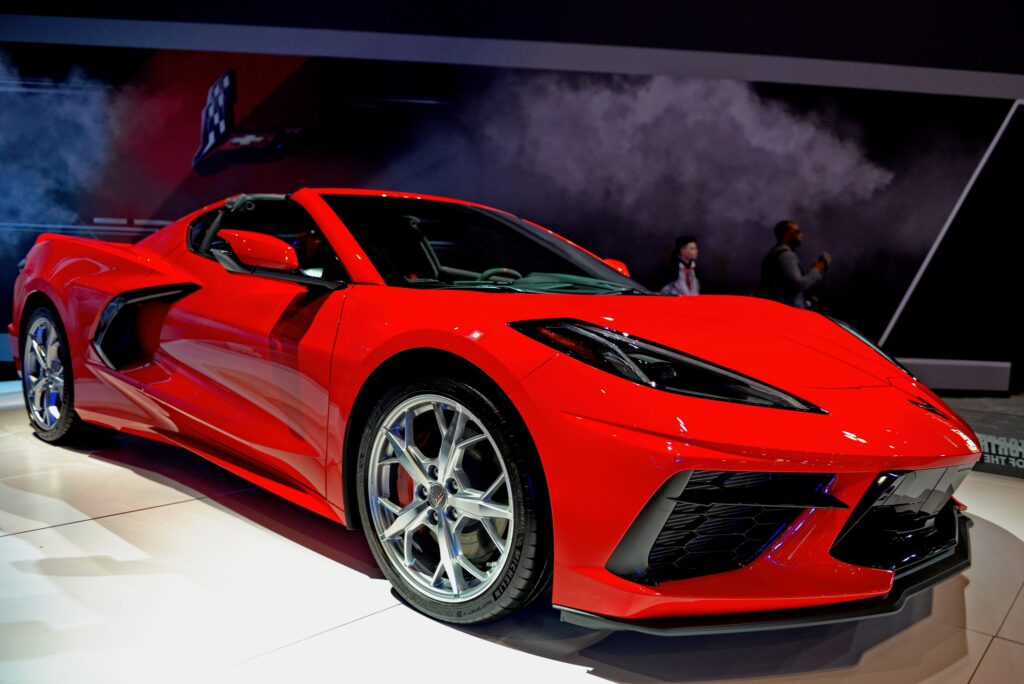
The first mid-engine Corvette, the C8 Stingray, transformed the model into a supercar contender. With a 6.2-liter V8 producing 490 horsepower, it can accelerate from 0-60 mph in just 2.9 seconds, redefining American muscle with its performance and design.
2019 Dodge Challenger SRT Hellcat Redeye
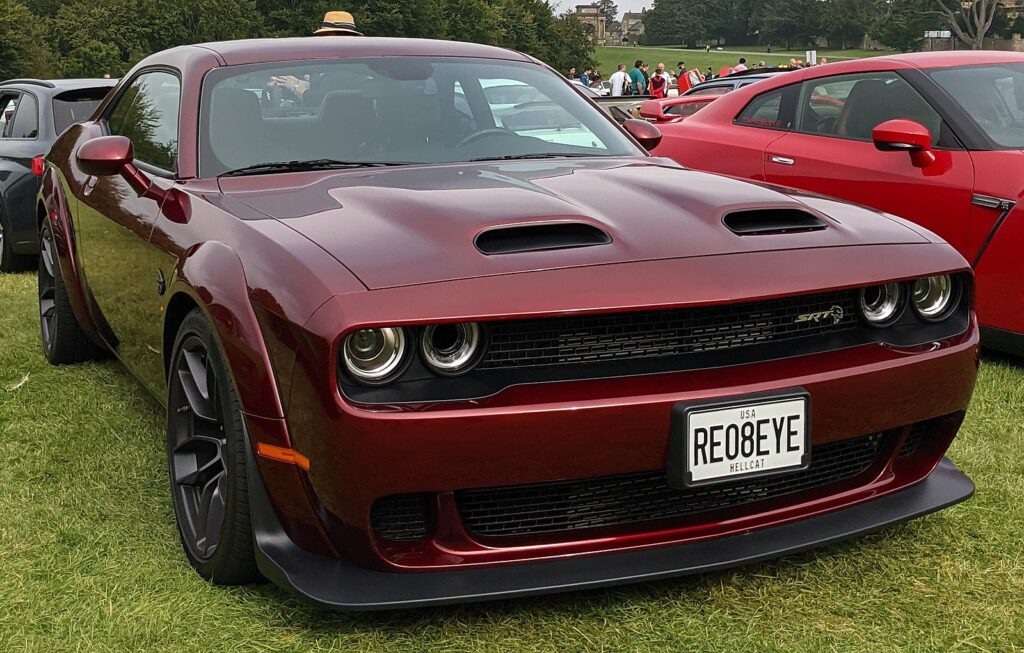
The Hellcat Redeye boosts the Challenger’s performance with a 6.2-liter supercharged Hemi V8, delivering 797 horsepower. It can sprint from 0-60 mph in just 3.4 seconds, making it one of the fastest muscle cars available.
2016 Cadillac CTS-V
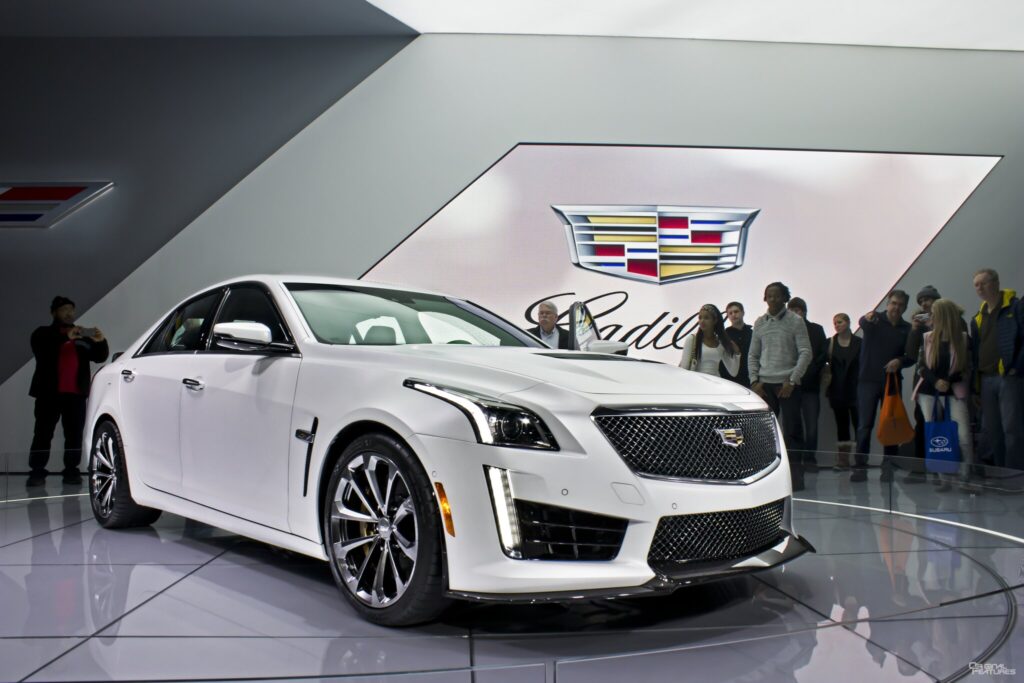
The CTS-V is a luxury muscle car with a 6.2-liter supercharged V8, pumping out 640 horsepower. It combines high performance with Cadillac’s signature luxury, achieving 0-60 mph in 3.7 seconds.
2017 Chevrolet Camaro ZL1
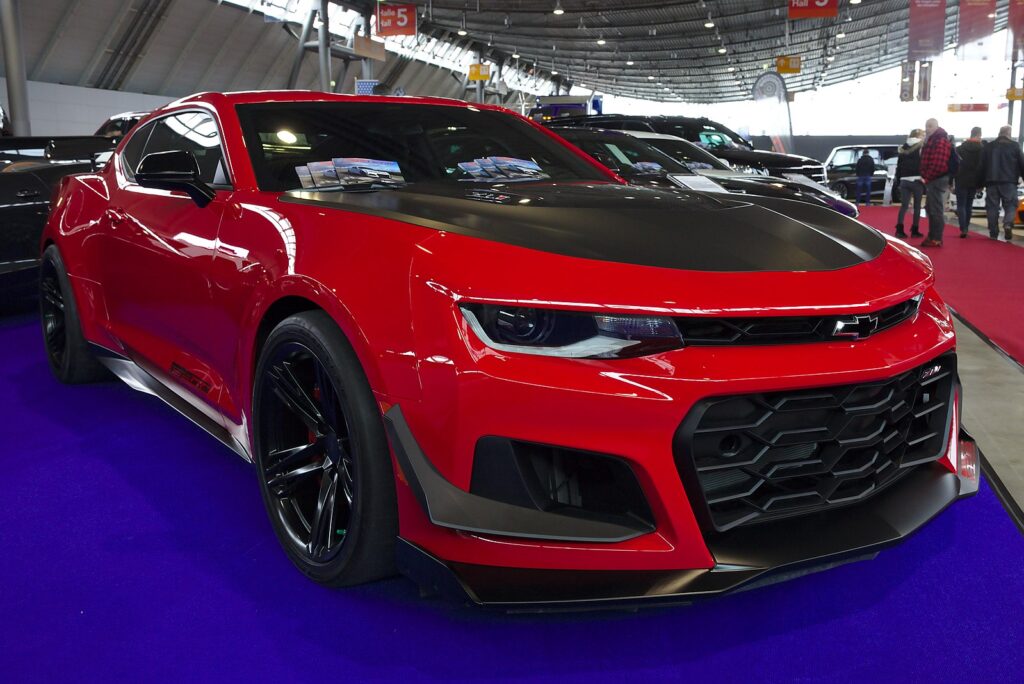
With a supercharged 6.2-liter V8 producing 650 horsepower, the Camaro ZL1 is a formidable muscle car capable of 0-60 mph in 3.5 seconds, blending speed, handling, and a striking appearance.
2018 Ford Mustang GT
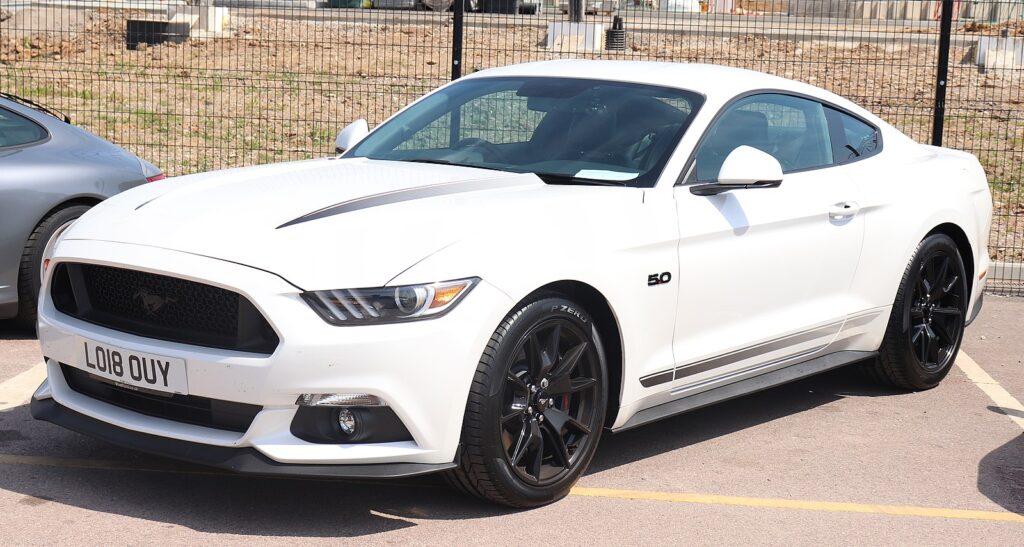
The Mustang GT features a 5.0-liter V8 with 460 horsepower, capable of a 0-60 mph time under 4 seconds when equipped with the Performance Package, maintaining its status as a performance icon.
2020 Dodge Charger SRT Hellcat Widebody
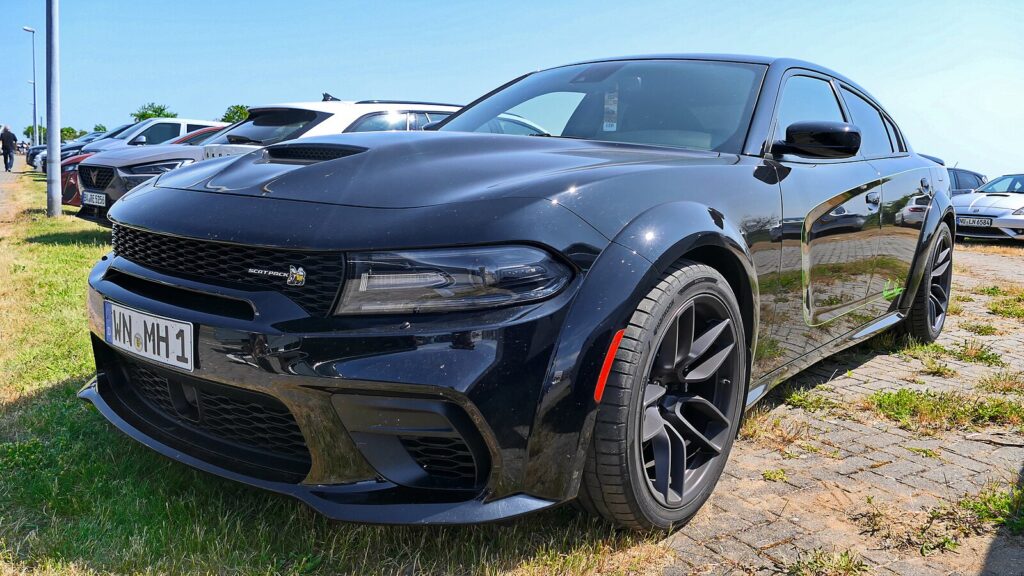
As mentioned earlier, this model brings immense power to the four-door sedan market, with a supercharged 6.2-liter V8 and 707 horsepower, making it one of the fastest sedans in the world.
2015 Chevrolet SS
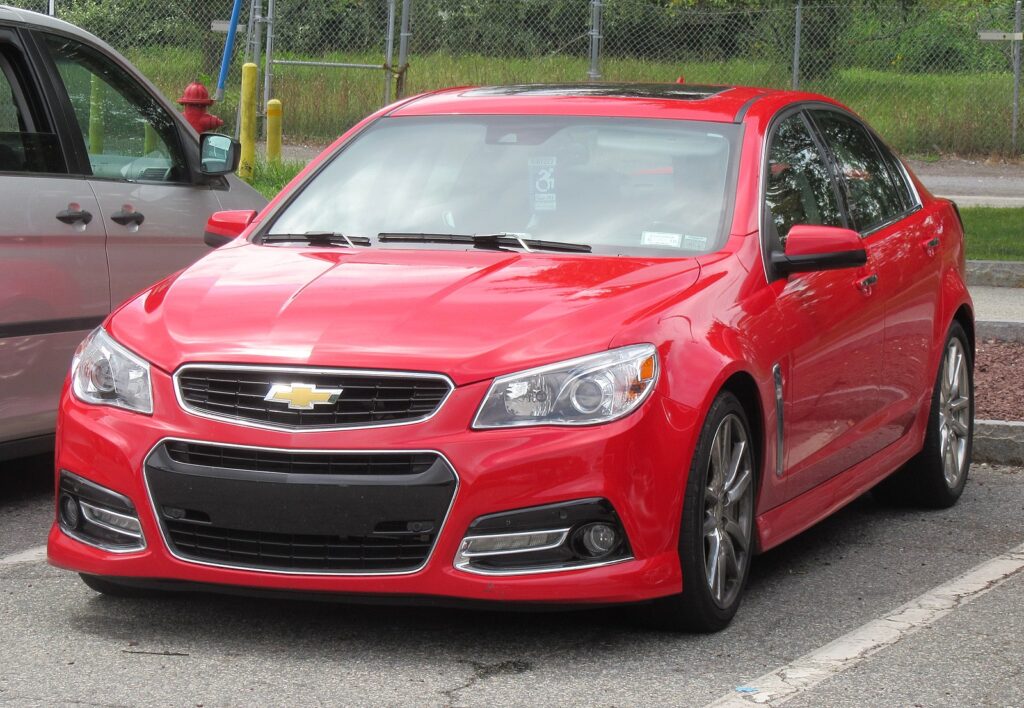
The SS was a sleeper hit with a 6.2-liter V8 engine making 415 horsepower, offering a blend of subtlety and power that could launch it from 0-60 mph in about 4.7 seconds, providing muscle car performance in a sedan body.
2020 Ford Shelby GT350R
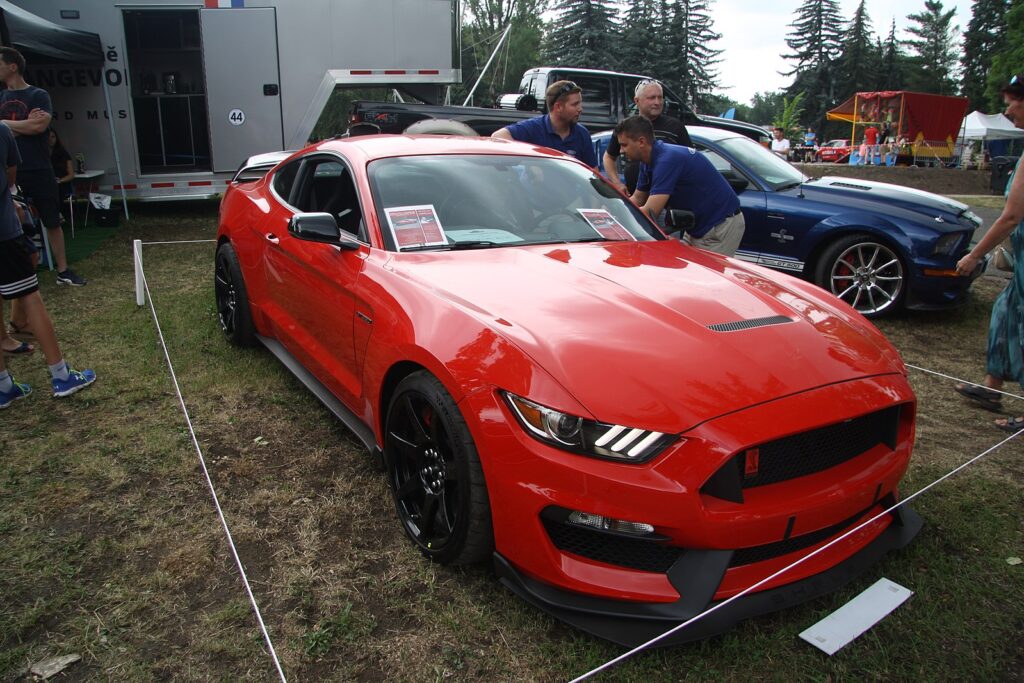
The GT350R, a more track-focused version of the Mustang, features a 5.2-liter V8 that revs to 8,250 rpm and produces 526 horsepower, known for its sharp handling and distinctive flat-plane crank engine sound.
This article originally appeared on MyCarMakesNoise.
More from MyCarMakesNoise
Dodge’s Design Fails: The Ugliest Cars in the Brand’s Lineup

In the storied history of Dodge, the brand has given us some truly iconic vehicles, from the muscular Challenger to the family-friendly Caravan. Yet, not every model that rolled off the assembly line was destined to become a classic. Read More.
The Roar of Power: The Greatest V8 Cars Ever Built

From the raw muscle of Detroit’s golden age to the precision engineering of European masterpieces, join us as we journey through time and technology, revving through the milestones of V8 greatness. Read More.
Less is More: The Most Unnecessary Car Features

From gimmicky gadgets to confusing controls, this article explores those additions that, while intended to enhance the driving experience, often end up as unused or irritating aspects of modern vehicles. Read More.


